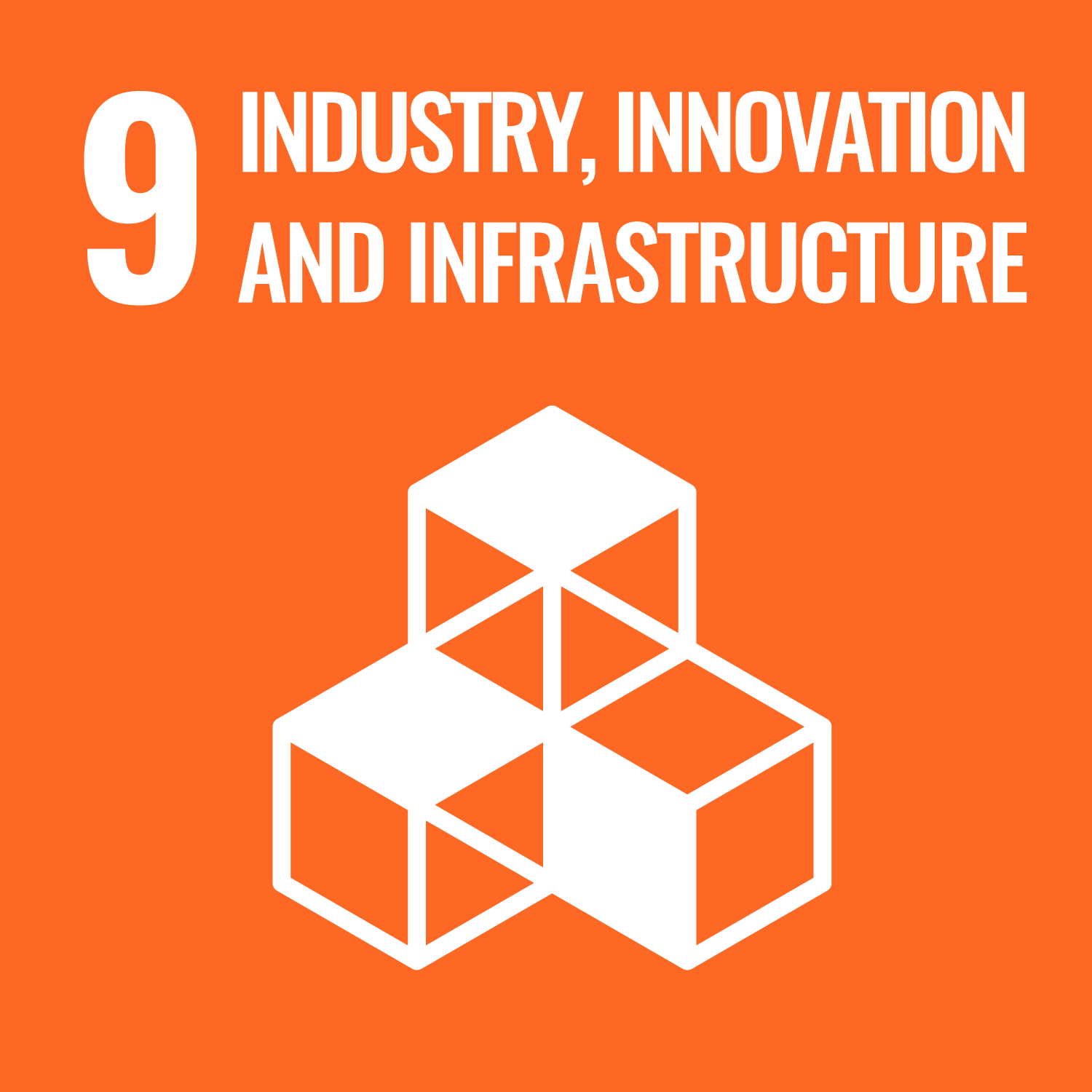
Create the next chapter
You’ll need
- A4 paper
- Pens or pencils
Before you begin
- Remind yourself of everything people have done for their project: how did they identify the need, plan action, and take action?
- If you have resources people made, or photos and videos of them taking action, bring them to show everyone.
- Write the Questions to ask on six pieces of paper and display them around your meeting space.
- What theme did we explore?
- What did we do?
- Why did we do it?
- How did it make you feel? What skills did you develop?
- How did the project make a difference for people or the environment?
- What could we do now? How could we achieve the next stage of our badge?
Remember, remember
- The person leading the activity should help everyone remember the main details about their project so far. They should use any resources, photos, or videos to help jog people’s memories.
- Everyone should move around the room, visiting each of the six pieces of paper. They should think about each question, chat with their friends, then jot down their ideas.
It’s especially important to write down the answers to the final question.
- Everyone should share their ideas.
This is a great chance to congratulate everyone again – take a moment to celebrate successes and people’s hard work.
Put it to the people
- Everyone should chat about the impact their project had on people. Did anything surprise people?
- Everyone should try to speak to some of the people who benefitted from their project. They could ask questions like ‘How did the project make you feel?’, ‘What difference has this project made to you?’, or ‘What could we have done better?’.
Don’t worry if you can’t speak to people or send a message. You could still talk about the difference the project made and think about how it may have made people feel.
- Everyone should note down any important comments or suggestions for improvement.
If you spoke to someone who benefitted, don’t forget to thank them for sharing with you.
Storyboard the future
- Everyone should take a piece of paper and place it in front of them so it’s landscape (so the long sides are on the top and bottom).
- Everyone should divide their paper into six roughly equal sections by drawing a line across the middle of the page then drawing two equally spaced out lines from top to bottom.
- Everyone should fill the top three boxes with writing and drawings that show what they’ve already done to help end homelessness.
- Everyone should fill the bottom three boxes with writing and drawings that show what they could do next to make an even bigger impact in their local community. They could include things they want to do individually and things they’d like to do as a group.

This activity helps contribute towards some of the UN's Sustainable Development Goals. Find out more about the SDGs, and how Scouts across the world are getting involved.




Reflection
This activity was about helping your community and being a citizen. How do people feel about the action they took? What was their favourite part of their project so far? What do they think made the most difference for others in their community?
Part of being a citizen is staying active and engaged. How did everyone decide what to do next? What more can be done to help end homelessness? Do people think that others believe it’s achievable? If not, how could they help them see a different perspective?
Safety
All activities must be safely managed. You must complete a thorough risk assessment and take appropriate steps to reduce risk. Use the safety checklist to help you plan and risk assess your activity. Always get approval for the activity, and have suitable supervision and an InTouch process.
Depending on your group, it may be useful to have an adult at each sheet of paper to help people write down their ideas.
You could agree to do more than one action.
People can record their thoughts on the big sheets of paper in whatever way works for them, including drawing and writing ideas down.
Discussing homelessness may be difficult for young people who have experienced homelessness or have connections to it through other people. Make sure they know you’ll be covering the topic, and check what you can do to make it easier. This may involve avoiding specific scenarios or making sure there’s a space for them to take a break. Make sure people’s communication is respectful and supportive.
All Scout activities should be inclusive and accessible.
Encourage people to think about all of the activities they’ve done. Would they like to do any of them again, but change something like the audience? For example, if they did Questions for change in their community, they could try it with their friends or at a club they go to. Don’t forget to share what you get up to on social media.
